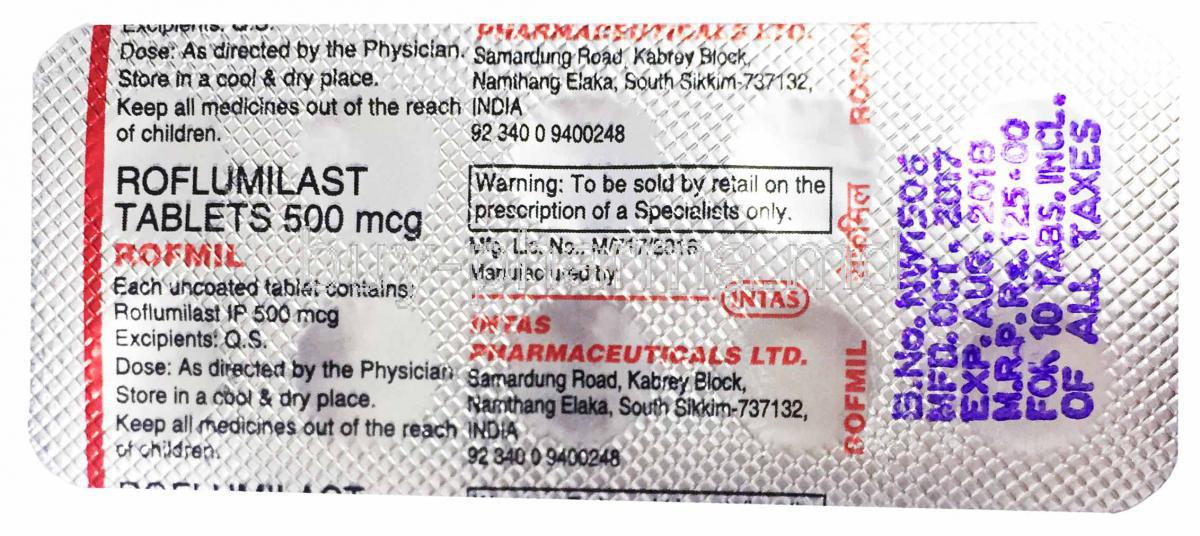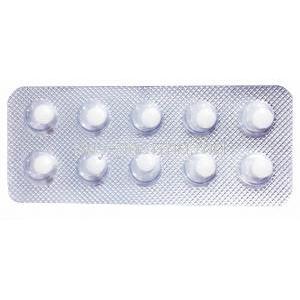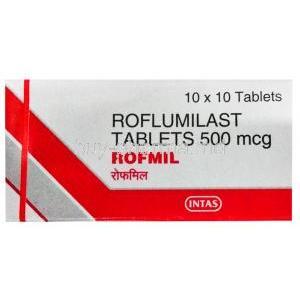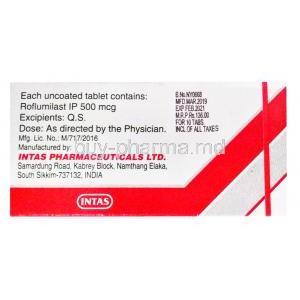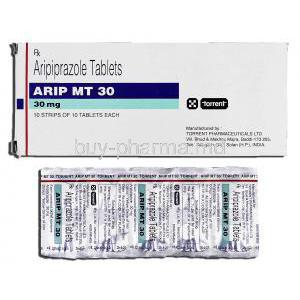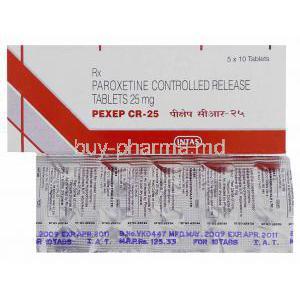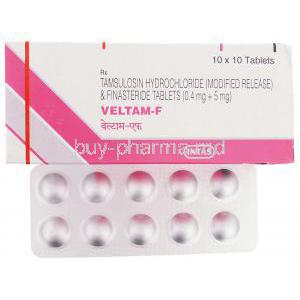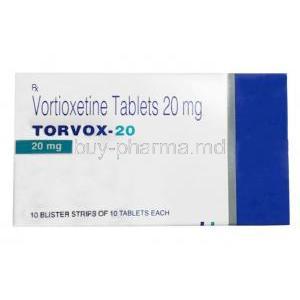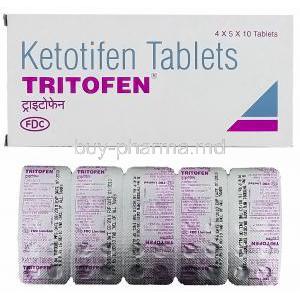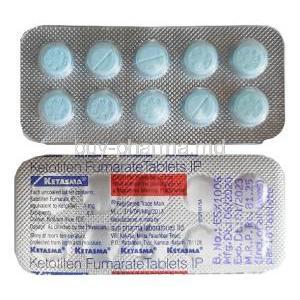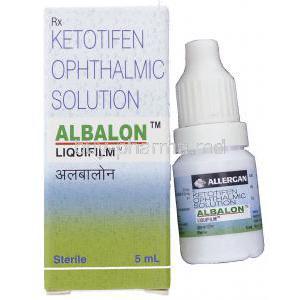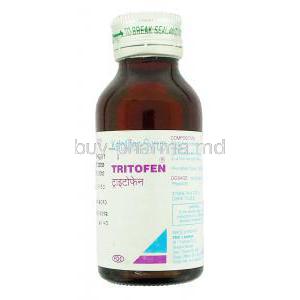Roflumilast
- 1. Introduction to Roflumilast
- 2. Composition and Properties of Roflumilast
- 3. Understanding How Roflumilast Works
- 4. Clinical Uses of Roflumilast
- 5. Off-Label Uses of Roflumilast
- 6. Dosage and Administration Guidelines
- 7. Side Effects of Roflumilast
- 8. Special Considerations in Administration
- 9. Drug Interactions and Contraindications
- 10. Storage and Handling Precautions
- 11. Overdosage: Identification and Management
- 12. Important Precautions and Warnings
- 13. Patient Education and Careful Administration
- 14. Future Perspectives and Ongoing Research
1. Introduction to Roflumilast
1.1 Overview of Roflumilast
Roflumilast, an essential inhibitor of phosphodiesterase 4, has become a crucial treatment in respiratory medicine. It is primarily used to alleviate symptoms and worsening episodes linked to Chronic Obstructive Pulmonary Disease (COPD) in individuals with chronic bronchitis and a record of frequent exacerbations.
1.2 Historical Development and Approval
Clinical trials and research characterize the journey of Roflumilast development. After receiving approval from the European Medicines Agency in 2010, it obtained FDA approval in 2011, signaling a new chapter in the management of COPD.
2. Composition and Properties of Roflumilast
2.1 Chemical Structure and Composition
Roflumilast stands out due to its molecular structure. It is a compound with a molecular weight designed to inhibit the enzyme phosphodiesterase 4 for an extended period precisely.

2.2 Pharmacological Properties
This agent has inflammatory properties and helps reduce the inflammatory response in the lungs, which is beneficial in decreasing exacerbations in patients with COPD.
3. Understanding How Roflumilast Works
3.1 Mechanism of Action
Roflumilast works by blocking the activity of an enzyme called phosphodiesterase 4, which breaks down cyclic adenosine monophosphate (cAMP). When cAMP levels are higher it helps to decrease inflammation, in the lungs.
3.2 Impact on Respiratory System
The therapeutic effectiveness of this treatment is supported by the fact that it improves lung function reduces airway inflammation, and decreases the frequency of flare-ups in individuals, with COPD.
4. Clinical Uses of Roflumilast
4.1 Approved Indications
Roflumilast is mainly prescribed to treat COPD, especially for patients who have chronic bronchitis and a history of frequent exacerbations.
References:
- Roflumilast: a review of its use in the treatment of COPD: https://pubmed.ncbi.nlm.nih.gov/26792988/
- Roflumilast in Severely Ill Patients with Chronic Obstructive Pulmonary Disease with Frequent Exacerbations: Risk of Pneumonia Hospitalization and Severe Exacerbations: https://pubmed.ncbi.nlm.nih.gov/32408645/
- Roflumilast: first phosphodiesterase 4 inhibitor approved for treatment of COPD: https://pubmed.ncbi.nlm.nih.gov/20689641/
4.2 Efficacy in Treating Chronic Obstructive Pulmonary Disease (COPD)
Studies in the field have shown that Roflumilast is efficacious in improving lung function, reducing exacerbations, and enhancing the overall quality of life for patients, with COPD.
5. Off-Label Uses of Roflumilast
5.1 Exploring Non-approved Applications
Roflumilast, primarily utilized for COPD, is currently under investigation for its potential in the treatment of respiratory conditions due to its anti-inflammatory properties.
5.2 Case Studies and Research Findings
Recent studies have shown that Roflumilast effectively treats conditions such as asthma, cystic fibrosis, and other respiratory diseases characterized by inflammation 1.
1: Kawamatawong, T. (2021). Phosphodiesterase-4 Inhibitors for Non-COPD Respiratory Diseases. Frontiers in Pharmacology,
6. Dosage and Administration Guidelines
6.1 Recommended Dosage for Adults
The usual recommended amount for adults is generally 500 micrograms taken once a day on an empty stomach.

6.2 Adjustments for Special Populations
Patients with liver problems may require adjustments to their dosage. It's essential to be careful when treating patients with kidney impairment.
7. Side Effects of Roflumilast
7.1 Common Side Effects and Management
Some side effects you may experience include diarrhea, weight loss, nausea, and headaches. To manage these effects, providing care and closely monitoring your condition is essential.
7.2 Rare and Severe Adverse Reactions
Occasionally, but rarely there may be reactions such as psychiatric events that require urgent medical attention and may lead to the need to stop the therapy.
8. Special Considerations in Administration
8.1 Administration to Elderly Patients
Elderly individuals might need to be monitored because they are more susceptible to experiencing side effects and having other health conditions.
8.2 Administration to Pregnant Women and Nursing Mothers
Roflumilast can be considered for use during pregnancy. Breastfeeding only if the advantages outweigh the potential risks to the baby.
8.3 Pediatric Use and Considerations
The use of Roflumilast in children has not been thoroughly studied to determine its safety and effectiveness. Therefore, it is essential to be cautious when considering its use in populations.
9. Drug Interactions and Contraindications
9.1 Potential Drug Interactions
The way Roflumilast works in the body can be affected if you take it with medications. It's really important to be careful when using medications that can make your body produce cytochrome P450 enzymes, as this may lower the amount of Roflumilast in your blood and reduce its effectiveness. On the other hand, some antibiotics and antifungal drugs might increase the levels of Roflumilast, so it's necessary to monitor for any more substantial effects or adverse reactions closely.
9.2 Contraindications and Cautions
Roflumilast should not be taken if you are allergic to the drug or its ingredients. Moreover, individuals with liver problems should avoid using it to prevent potential harmful effects. If you have a history of health disorders, it is essential to be cautious, as Roflumilast might worsen these conditions.
10. Storage and Handling Precautions
10.1 Storage Recommendations; It is recommended to store Roflumilast at room temperature from sunlight and moisture to maintain its effectiveness as a medication.
10.2 Guidelines for Handling and Disposal; When handling the medication, make sure to have hands. Any expired pills or no longer needed should be disposed of responsibly to avoid harm to the environment or accidental ingestion.
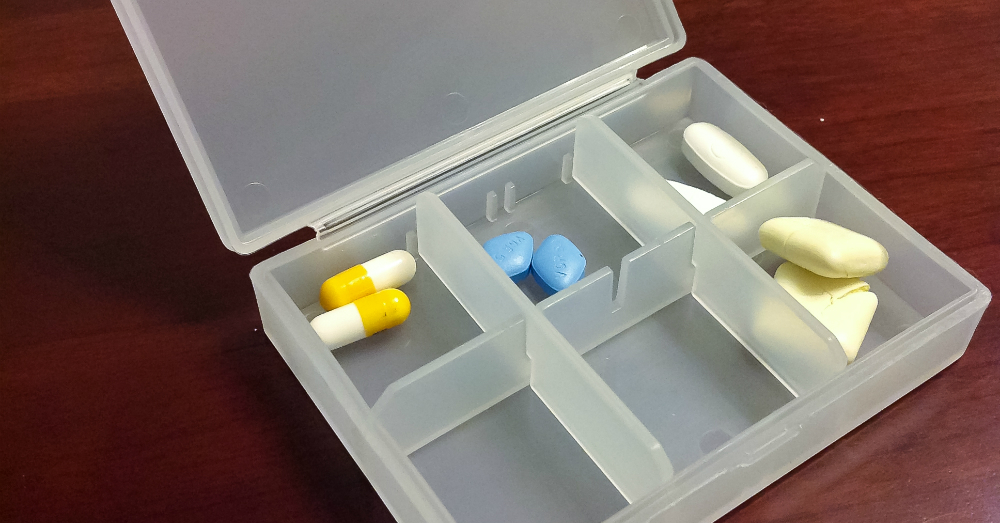
11. Overdosage: Identification and Management
11.1 Identifying Symptoms of an Overdose: If someone takes too much Roflumilast, they may experience digestive issues, dizziness, and changes, in their mental health. It is essential to recognize these symptoms for proper management.
11.2 Emergency Steps and Treatments: If an overdose occurs, it is crucial to seek medical help. The treatment mainly involves providing support to manage the symptoms and maintain the person's vital functions.
12. Important Precautions and Warnings
12.1 Safety Measures for Specific Situations: Individuals who have previously experienced depression or thoughts of self-harm should be closely observed. Similarly, those who have recently lost weight should undergo assessments to determine if they have any deficiencies.
12.2 Important Cautionary Notices: Healthcare professionals are required to educate patients about the occurrence of mental health issues and stress the significance of promptly reporting any changes in mood or thoughts of self-harm.
13. Patient Education and Careful Administration
13.1 When providing education about Roflumilast, covering all the necessary information is essential. This includes explaining the recommended dosage side effects to be aware of and stressing the importance of following the prescribed therapy consistently.
13.2 It is crucial to schedule follow-up appointments to monitor how patients respond to their treatment and make any necessary adjustments.
14. Future Perspectives and Ongoing Research
14.1 Ongoing studies are currently investigating the potential of using Roflumilast to treat inflammatory conditions, which could expand its range of therapeutic applications.
14.2 As our understanding of how Roflumilast works continues to deepen, it may offer possibilities for treating a wide range of respiratory and inflammatory diseases in the future.

